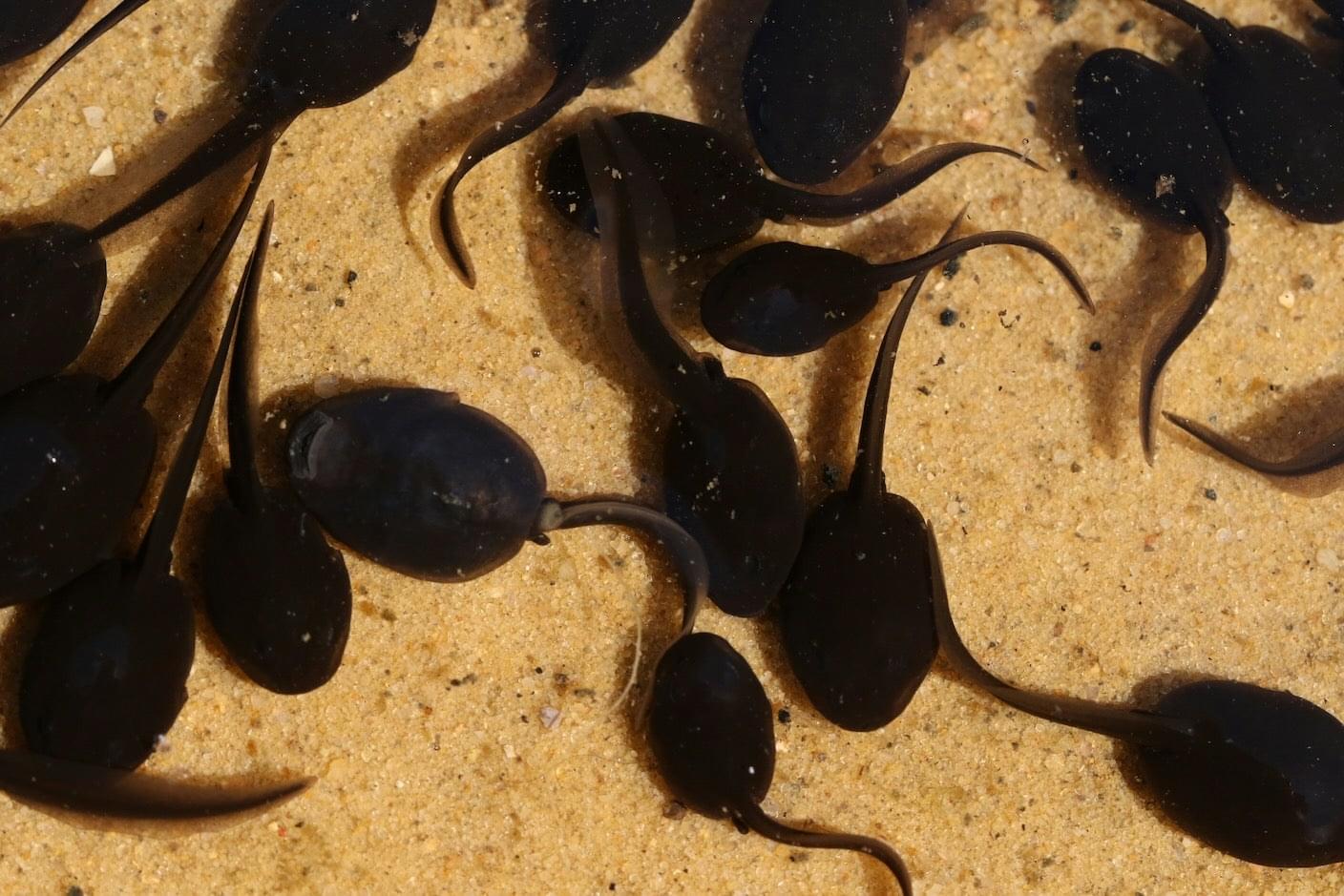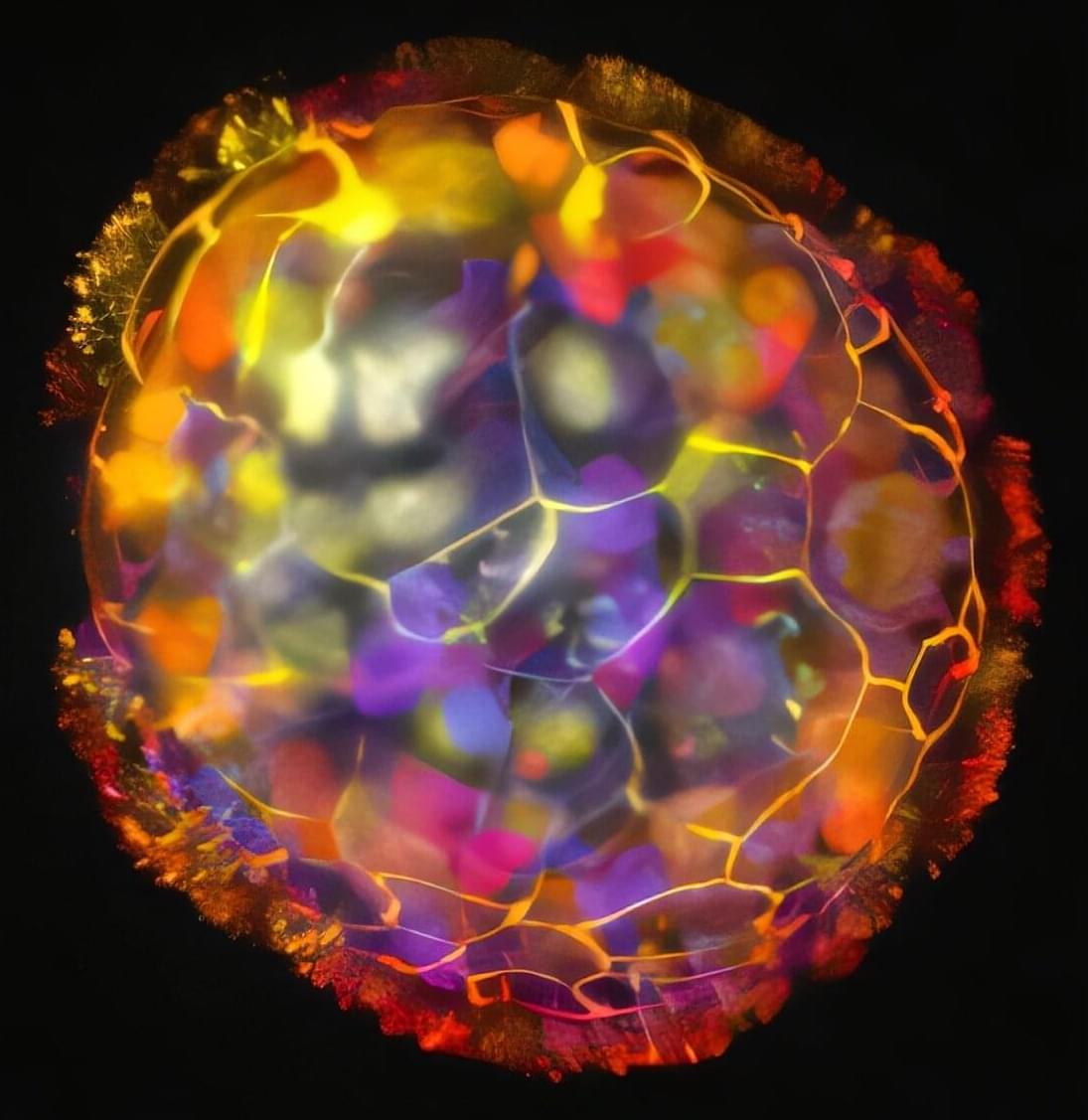Check out some of the key space launches 2025, scheduled to dominate headlines next year


Stephen Wolfram joins Brian Greene to explore the computational basis of space, time, general relativity, quantum mechanics, and reality itself.
This program is part of the Big Ideas series, supported by the John Templeton Foundation.
Participant: Stephen Wolfram.
Moderator: Brian Greene.
0:00:00 — Introduction.
01:23 — Unifying Fundamental Science with Advanced Mathematical Software.
13:21 — Is It Possible to Prove a System’s Computational Reducibility?
24:30 — Uncovering Einstein’s Equations Through Software Models.
37:00 — Is connecting space and time a mistake?
49:15 — Generating Quantum Mechanics Through a Mathematical Network.
01:06:40 — Can Graph Theory Create a Black Hole?
01:14:47 — The Computational Limits of Being an Observer.
01:25:54 — The Elusive Nature of Particles in Quantum Field Theory.
01:37:45 — Is Mass a Discoverable Concept Within Graph Space?
01:48:50 — The Mystery of the Number Three: Why Do We Have Three Spatial Dimensions?
01:59:15 — Unraveling the Mystery of Hawking Radiation.
02:10:15 — Could You Ever Imagine a Different Career Path?
02:16:45 — Credits.
VISIT our Website: http://www.worldsciencefestival.com.
FOLLOW us on Social Media:
Facebook: / worldsciencefestival.
Twitter: / worldscifest.
Instagram: https://www.instagram.com/worldscifest/
TikTok: https://www.tiktok.com/@worldscifest.
LinkedIn: https://www.linkedin.com/company/world-science-festival.
#worldsciencefestival #briangreene #cosmology #astrophysics
Does the use of computer models in physics change the way we see the universe? How far reaching are the implications of computation irreducibility? Are observer limitations key to the way we conceive the laws of physics?
In this episode we have the difficult yet beautiful topic of trying to model complex systems like nature and the universe computationally to get into; and how beyond a low level of complexity all systems, seem to become equally unpredictable. We have a whole episode in this series on Complexity Theory in biology and nature, but today we’re going to be taking a more physics and computational slant.
Another key element to this episode is Observer Theory, because we have to take into account the perceptual limitations of our species’ context and perspective, if we want to understand how the laws of physics that we’ve worked out from our environment, are not and cannot be fixed and universal but rather will always be perspective bound, within a multitude of alternative branches of possible reality with alternative possible computational rules. We’ll then connect this multi-computational approach to a reinterpretation of Entropy and the 2nd law of thermodynamics.
The fact that my guest has been building on these ideas for over 40 years, creating computer language and AI solutions, to map his deep theories of computational physics, makes him the ideal guest to help us unpack this topic. He is physicist, computer scientist and tech entrepreneur Stephen Wolfram. In 1987 he left academia at Caltech and Princeton behind and devoted himself to his computer science intuitions at his company Wolfram Research. He’s published many blog articles about his ideas, and written many influential books including “A New kind of Science”, and more recently “A Project to Find the Fundamental Theory of Physics”, and “Computer Modelling and Simulation of Dynamic Systems”, and just out in 2023 “The Second Law” about the mystery of Entropy.
One of the most wonderful things about Stephen Wolfram is that, despite his visionary insight into reality, he really loves to be ‘in the moment’ with his thinking, engaging in socratic dialogue, staying open to perspectives other than his own and allowing his old ideas to be updated if something comes up that contradicts them; and given how quickly the fields of physics and computer science are evolving I think his humility and conceptual flexibility gives us a fine example of how we should update how we do science as we go.
What we discuss:
00:00 Intro.
07:45 The history of scientific models of reality: structural, mathematical and computational.
14:40 Late 2010’s: a shift to computational models of systems.
20:20 The Principle of Computational Equivalence (PCE)
24:45 Computational Irreducibility — the process that means you can’t predict the outcome in advance.
27:50 The importance of the passage of time to Consciousness.
28:45 Irreducibility and the limits of science.
33:30 Godel’s Incompleteness Theorem meets Computational Irreducibility.
42:20 Observer Theory and the Wolfram Physics Project.
45:30 Modelling the relations between discrete units of Space: Hypergraphs.
47:30 The progress of time is the computational process that is updating the network of relations.
50:30 We ’make’ space.
51:30 Branchial Space — different quantum histories of the world, branching and merging.
54:30 We perceive space and matter to be continuous because we’re very big compared to the discrete elements.
56:30 Branchial Space VS Many Worlds interpretation.
58:50 Rulial Space: All possible rules of all possible interconnected branches.
01:07:30 Wolfram Language bridges human thinking about their perspective with what is computationally possible.
01:11:00 Computational Intelligence is everywhere in the universe. e.g. the weather.
01:19:30 The Measurement problem of QM meets computational irreducibility and observer theory.
01:20:30 Entanglement explained — common ancestors in branchial space.
01:32:40 Inviting Stephen back for a separate episode on AI safety, safety solutions and applications for science, as we did’t have time.
01:37:30 At the molecular level the laws of physics are reversible.
01:40:30 What looks random to us in entropy is actually full of the data.
01:45:30 Entropy defined in computational terms.
01:50:30 If we ever overcame our finite minds, there would be no coherent concept of existence.
01:51:30 Parallels between modern physics and ancient eastern mysticism and cosmology.
01:55:30 Reductionism in an irreducible world: saying a lot from very little input.
References:
“The Second Law: Resolving the Mystery of the Second Law of Thermodynamics”, Stephen Wolfram.
“A New Kind of Science”, Stephen Wolfram.
Observer Theory article, Stephen Wolfram.
Neil deGrasse Tyson breaks down intriguing new evidence along with other curious parallels that could point to the universe being inside a black hole. Is the edge of our universe an event horizon on a black hole in some other universe?
Timestamps:
00:00 — What is a Black Hole?
1:26 — Mass of the Universe vs. A Black Hole This Size.
2:36 — The Net Rotation of the Universe.
5:55 — What This Means.
6:48 — Closing.
Check out our second channel, @StarTalkPlus.
Get the NEW StarTalk book, ‘To Infinity and Beyond: A Journey of Cosmic Discovery’ on Amazon: https://amzn.to/3PL0NFn.
Support us on Patreon: https://www.patreon.com/startalkradio.
FOLLOW or SUBSCRIBE to StarTalk:

Early brain development is a biological black box. While scientists have devised multiple ways to record electrical signals in adult brains, these techniques don’t work for embryos.
A team at Harvard has now managed to peek into the box—at least when it comes to amphibians and rodents. They developed an electrical array using a flexible, tofu-like material that seamlessly embeds into the early developing brain. As the brain grows, the implant stretches and shifts, continuously recording individual neurons without harming the embryo.
“There is just no ability currently to measure neural activity during early neural development. Our technology will really enable an uncharted area,” said study author Jia Liu in a press release.

Apple has teamed up with the neurotech firm, developing a brain implant that allows users to operate digital devices by thinking.

Modern humans have existed for more than 200,000 years, and each new generation has begun with a single cell—dividing, changing shape and function, organizing into tissues, organs, and limbs. With slight variations, the process has repeated billions of times with remarkable fidelity to the same body plan.
Researchers at Tufts have been on a quest to understand the code guiding individual cells to create the architecture of a human being, and to create a foundation for regenerative medicine. As they learn more about that code, they are also looking at how to build living structures from human cells that have totally new forms and capabilities—without genetic manipulation.
To decipher that code, they took a cell from the human body and allowed it to grow in a novel environment to observe how the rules of self-organization play out.
Excellent Podcast interview Allan Grosvenor!…” How Allan built MSBAI to make super computing more accessible.
How AI-driven simulation is speeding up aircraft & spacecraft design.
Why AI is now making an impact in finance & algorithmic trading.
The next evolution of AI-powered decision-making & autonomous systems”
What if AI could power everything from rocket simulations to Wall Street trading? Allan Grosvenor, aerospace engineer and founder of MSBAI, has spent years developing AI-driven supercomputing solutions for space, aviation, defense, and even finance. In this episode, Brent Muller dives deep with Allan on how AI is revolutionizing engineering, the role of supercomputers in aerospace, and why automation is the key to unlocking faster innovation.

In a groundbreaking discovery, physicists from Aalto University have unveiled a new framework that unites gravity with the forces described by the Standard Model of particle physics, potentially bringing us closer to the long-awaited “Theory of Everything.” This discovery doesn’t just reframe gravity—it offers a fresh perspective on how the fundamental forces of nature might work together¹